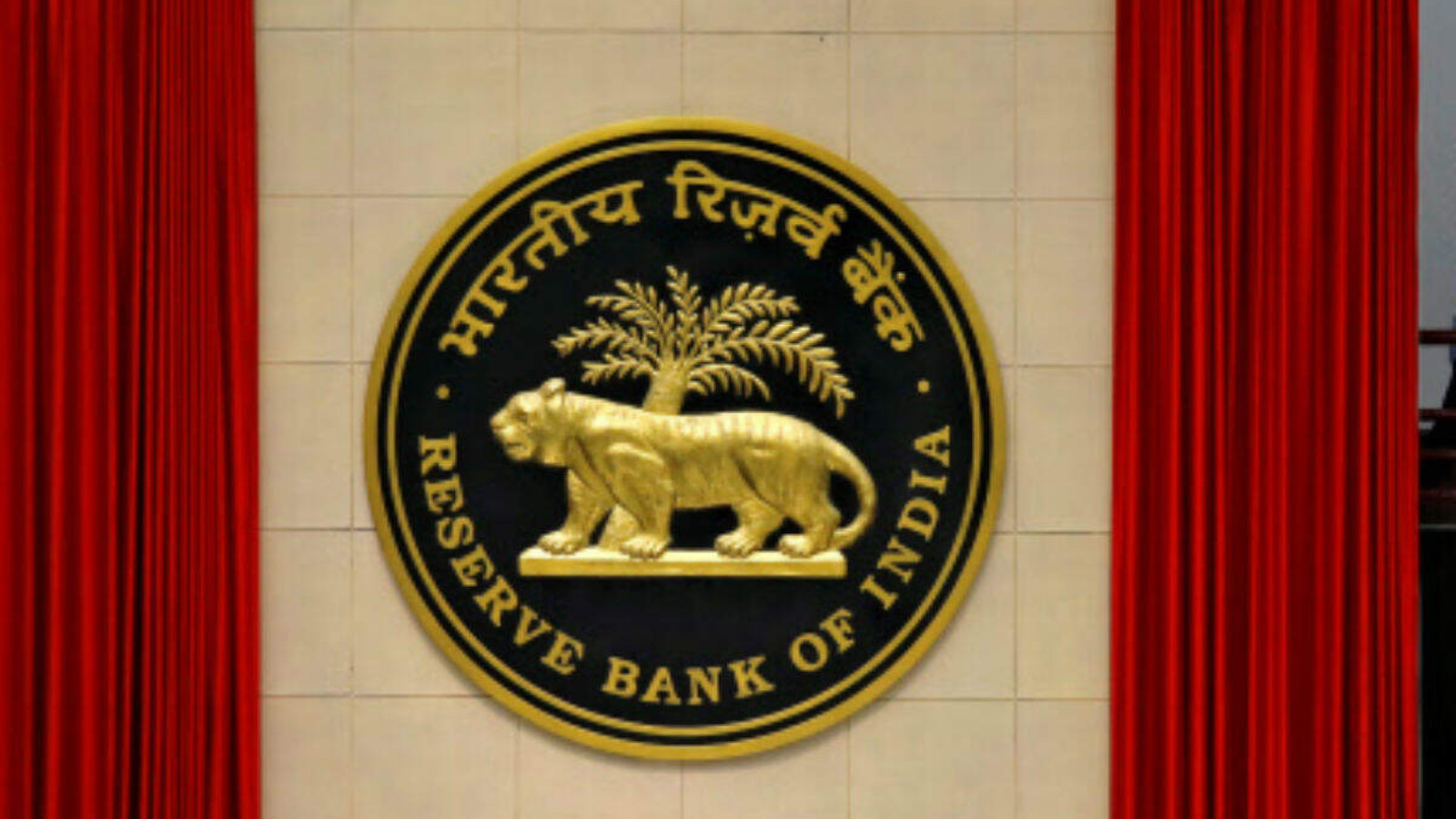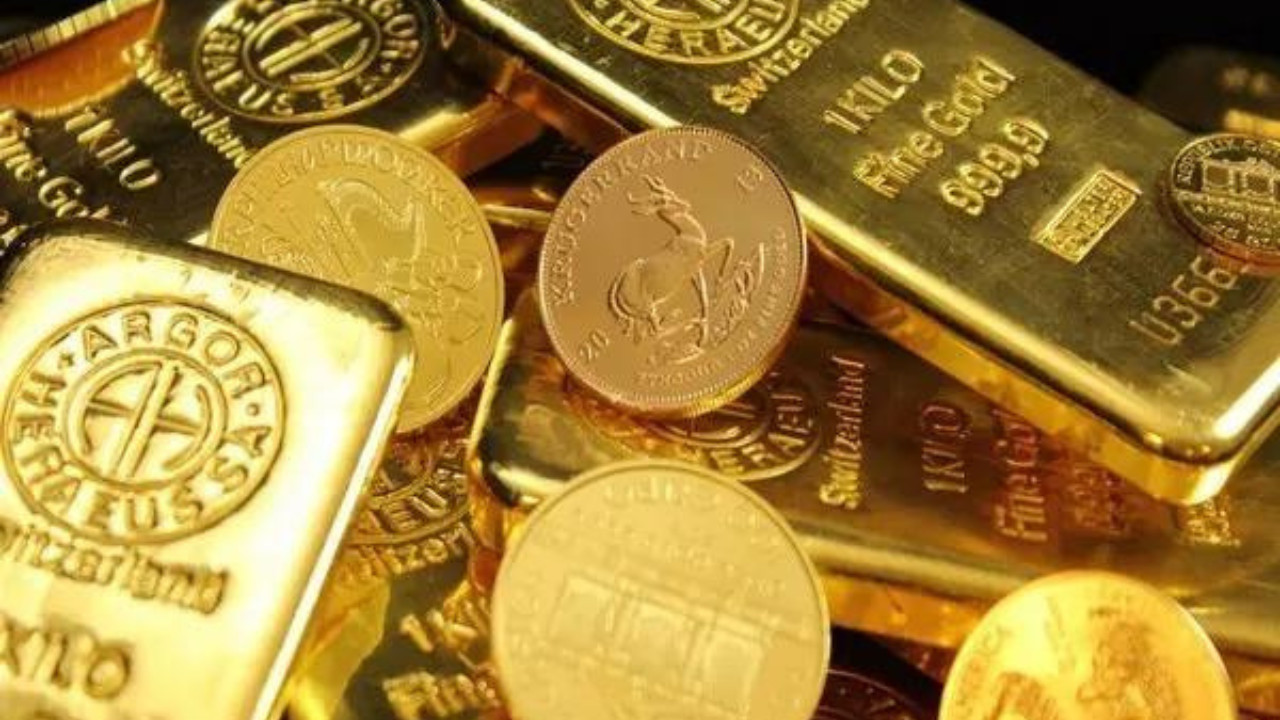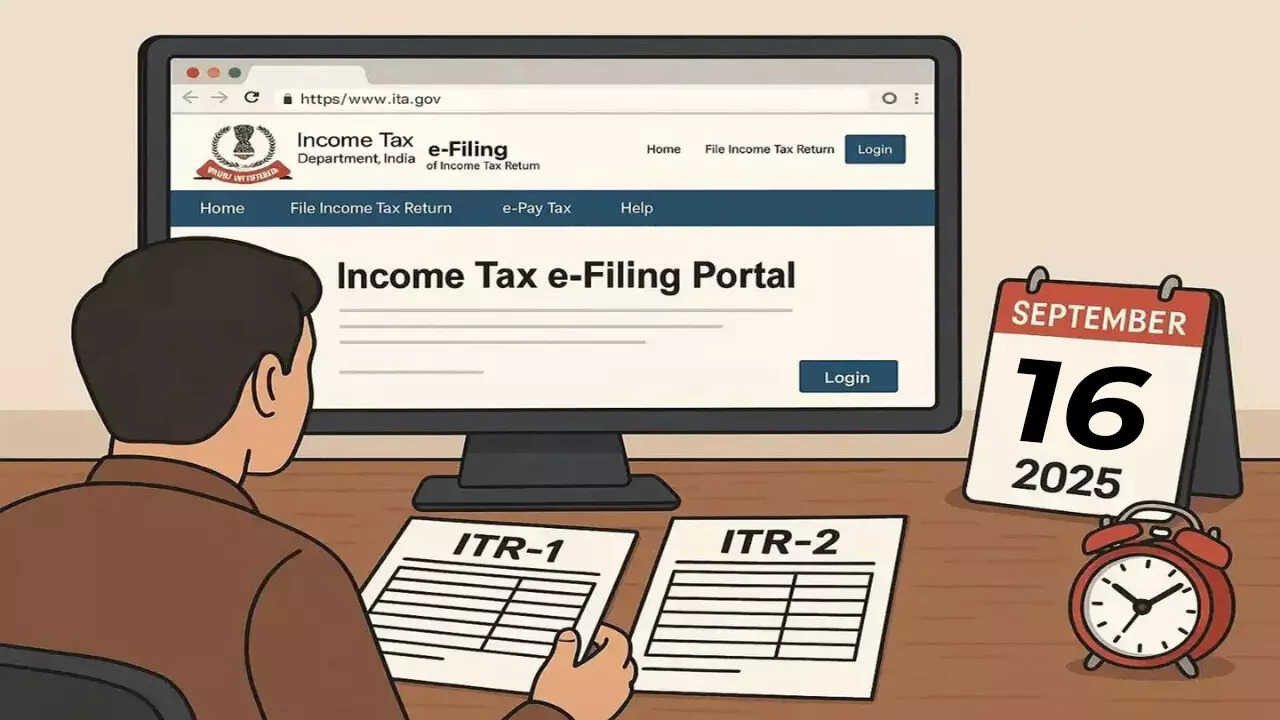Decoding the RBI’s Secret Sauce: How India’s Central Bank Makes (and Shares) its Money
Okay, let’s talk money. Specifically, India’s money, and how the Reserve Bank of India (RBI), the big boss of the Indian financial system, actually makes it. Forget dusty textbooks and complicated jargon. We’re going to break down the RBI’s income and dividend payout in a way that even your grandma will understand.
Most of us know the RBI sets interest rates, regulates banks, and keeps the rupee humming (or occasionally wobbling). But what many don’t realize is that the RBI isn’t just a regulator; it’s also a revenue-generating machine. And the government, our collective shareholder, gets a slice of that pie in the form of dividends.
So, where does all this moolah come from? Think of it as a diversified portfolio, only instead of stocks and bonds, it’s filled with government securities, foreign currency assets, and clever financial maneuvers.
The Magic of Government Securities:
The RBI, like many central banks around the globe, holds a hefty chunk of government bonds, known as Government Securities (G-Secs). Think of these as IOUs the government issues to borrow money. The RBI essentially lends money to the government by buying these G-Secs, and in return, it earns interest. This interest income forms a significant portion of the RBI’s revenue. It’s a cyclical relationship: the government needs funds, the RBI provides them (within limits, of course), and the RBI earns in the process. It’s neat, efficient, and a cornerstone of modern economies.
Riding the Forex Wave:
Another major income stream stems from managing India’s foreign exchange reserves. These reserves, held in various currencies like the US dollar and gold, are essentially India’s rainy-day fund when it comes to international trade and financial stability. Now, holding these assets isn’t just about security; it’s about actively managing them to generate returns. The RBI buys and sells these currencies (within defined parameters, to avoid undue market volatility) and invests them in overseas markets. The gains from these transactions and investments bolster its overall income. It’s like playing the global financial game, and the RBI is a key player.
The Art of Currency Management:
Believe it or not, even managing the printing and circulation of currency contributes, albeit indirectly, to the RBI’s profits. Remember those notes and coins you handle every day? Well, there’s a cost involved in printing and distributing them. However, the RBI charges banks a fee for currency management services, helping to offset these expenses and contribute to the overall profit. It’s a subtle but important part of the equation.
The Dividend Dance: How Much Goes to the Government?
Now, here’s where things get interesting. After all the income is tallied and expenses are deducted, the RBI decides how much of its profit to transfer to the government as a dividend. This isn’t a simple calculation; it’s a delicate balancing act.
The RBI needs to maintain sufficient reserves to cushion against potential shocks, fund its operations, and maintain public confidence in the financial system. Too high a dividend, and the RBI risks weakening its own financial stability. Too low, and the government might feel shortchanged, especially when it’s grappling with fiscal deficits.
This is where the Bimal Jalan Committee, and similar expert groups, comes into play. These committees, comprised of financial heavyweights, help determine the optimal level of reserves the RBI should maintain. They consider various factors like economic growth, inflation, exchange rate volatility, and global financial conditions. Their recommendations guide the RBI in deciding how much of its surplus to hand over to the government.
The surplus transfer is a crucial boost to the government’s coffers. It helps finance various social welfare programs, infrastructure projects, and other essential government expenditures. In essence, the RBI’s profit becomes the nation’s profit.
The Nuances and the Narratives:
It’s important to remember that this dividend isn’t a fixed amount. It fluctuates based on the RBI’s performance, prevailing economic conditions, and the recommendations of expert committees. There’s always a debate about whether the RBI should be more generous or more conservative with its dividend payout. Arguments are often framed around the need for fiscal prudence versus the importance of maintaining the RBI’s financial strength.
Ultimately, the RBI’s income generation and dividend distribution are complex processes with far-reaching implications. It’s a fascinating intersection of economics, finance, and politics, and understanding it helps us better appreciate the vital role the RBI plays in shaping India’s economic landscape. The next time you hear about the RBI’s dividend, remember it’s not just about numbers; it’s about the health and well-being of the Indian economy as a whole.
📬 Stay informed — follow us for more insightful updates!






